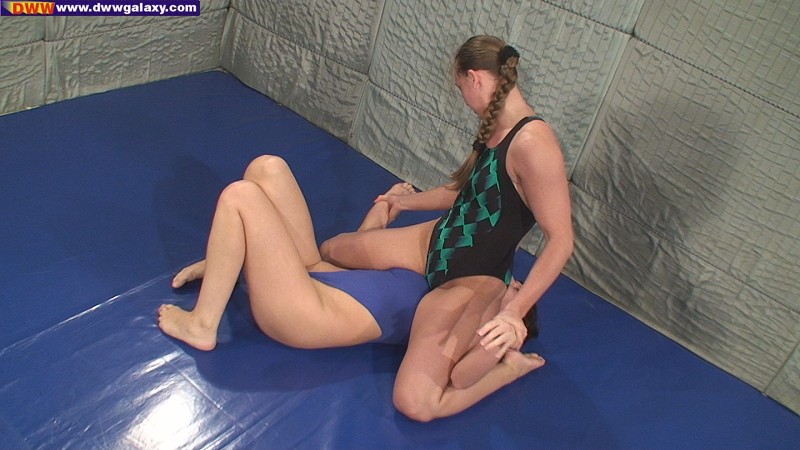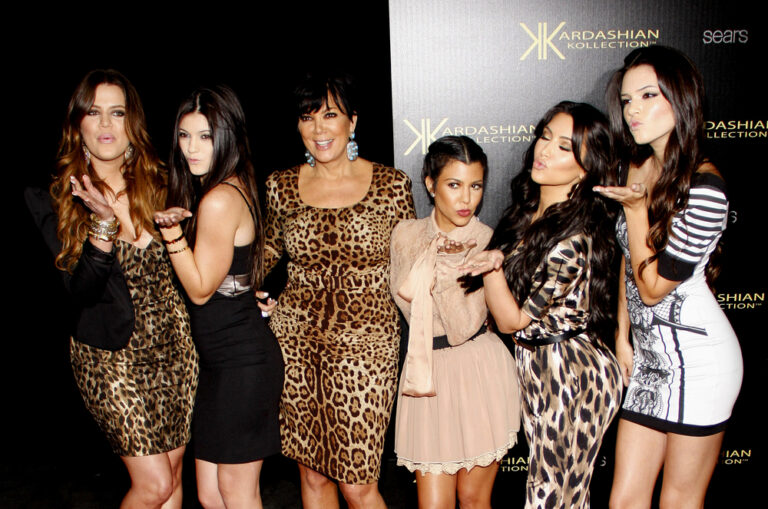
fciwomenswrestling.com article, Wikimedia photo
Engulfed with our extremely busy lives, often routine, sometimes we need a jolt of inspiration to infuse us with the belief that things might change for the better. Nothing does that more than viewing a great modern dance film, undistracted.
The list of celluloid Magic Dust Whisperers blowing sprinkles of hope our way is lengthy with the energy of Flashdance, Dirty Dancing, Save the Last Dance and others to battery power our dreams.
When watching DWW’s Kati K. wrestle, it’s an experience in eroticism, passion, enthusiasm and skill which isn’t surprising since in her other non-violent but aggressive life, Kati is a dancer.

The young Hungarian beauty loves coke (the kind with sugar and bubbles), potatoes, the film the Mummy and in terms of her wrestling, submission style with intense body scissors as a weapon of shapely destruction.
She likes dancing as a hobby and has also figured out how to make a living at it since it’s her once listed occupation.
In sync with that, Kati also savors House Music.
What is House Music for some of us that have been life engulfed?
House music is a genre of electronic dance music that originated in Chicago in the early 1980s.
It was initially popularized in Chicago, circa 1984. House music quickly spread to other American cities like Detroit, New York City, and Newark – all of which developed their own regional scenes. In the mid-to-late 1980s, house music became popular in Europe as well as major cities in South America, and Australia.
Early house music commercial success in Europe saw songs such as “Pump Up The Volume” by MARRS (1987), “House Nation” by House Master Boyz and the Rude Boy of House (1987), “Theme from S’Express” by S’Express (1988) and “Doctorin’ the House” by Coldcut (1988) in the pop charts. Since the early to mid-1990s, house music has been infused in mainstream pop and dance music worldwide.
Kati’s wrestling resume is powered with noted Danube Gladiators like Hajnal, Aniko, Reni, Anna L and Orsi S, to name a few.
Her signature match is an erotic grapple fest with the super talented Reni where the shapely Kati gives her best right down to the end.

The candid reviewer shares my experience. “Reni is much bigger and stronger than Kati and the match is one sided, however it isn’t boring at all, as Kati fights and kicks as if she had her own chance to win. Not as easy for Reni but pretty humiliating for much weaker Kati. This is a text book pins match where a strong woman handles and dominates the weaker woman who just doesn’t want to quit. This match is really entertaining if you like lots of action and two women battling on the mat for a long pin for a count of 20.”

Another very honest review speaks to Kati’s growth. “Kati K. was one of our weakest wrestlers of that “new generation” but she did very well with strong Anikö. The older woman had all her hands full with the young woman.”
Kati has inspired and excited fans during her tenure and her occupation as a Dancer is clearly on display with her beautiful shapely legs and persistent energy.
As usual, the fully competitive women’s submission wrestling world expands our mind if we keep the doors open and now it’s time to do so again through Kati’s world of Modern Dance.
The dance experts, dance.about.com reveals, “Born in the early 20th century, modern dance is a dance style that focuses on a dancer’s own interpretations instead of structured steps, as in traditional ballet dancing. Modern dancers reject the limitations of classical ballet and favor movements derived from the expression of their inner feelings. During the 1900’s, European dancers began rebelling against the rigid rules of classical ballet. Turning against the structured techniques, costumes and shoes of ballet, these dancers favored a more relaxed, free style of dancing.
Modern dance encourages dancers to use their emotions and moods to design their own steps and routines. It is not unusual for dancers to invent new steps for their routines, instead of following a structured code of technique, as in ballet.
Another characteristic of modern dance in opposition to ballet is the deliberate use of gravity. Whereas classical ballet dancers strive to be light and airy on their feet, modern dancers often use their body weight to enhance movement. This type of dancer rejects the classical ballet stance of an upright, erect body, often opting instead for deliberate falls to the floor.”
I definitely learned much but I hunger more and the site infoplease.com serves up more insight with a historical focus on the early pioneers. “Modern dance began at the turn of the century; its pioneers were Isadora Duncan, Loie Fuller, and Ruth St. Denis in the United States, Rudolf von Laban and Mary Wigman in Germany. Each rebelled against the rigid formalism, artifice, and superficiality of classical academic ballet and against the banality of show dancing. Each sought to inspire audiences to a new awareness of inner or outer realities, a goal shared by all subsequent modern dancers.
The work of the two other American pioneers was far less abstract although no less free. Loie Fuller used dance to imitate and illustrate natural phenomena: the flame, the flower, the butterfly. Experimenting with stage lighting and costume, she created illusionistic effects that remained unique in the history of Dance Theater until the works of Alwin Nikolais in the 1960s.
The pictorial effects achieved by Ruth St. Denis had a different source: the ritualistic dance of Asian religion. She relied on elaborate costumes and sinuous improvised movements to suggest the dances of India and Egypt and to evoke mystical feelings. With Ted Shawn, who became her partner and husband in 1914 and who advocated and embodied the vigor of the virile male on the dance stage, St. Denis enlarged her repertoire to include dances of Native Americans and other ethnic groups.”
Like so many cultural innovations, the roots of Modern Dance starts in rebellion and a pounding down of the traditional door for change.
It would have been wonderful to watch DWW’s Kati dance with the non-stop energy and creativity that she displayed on the blue wrestling mats.
She was a young brunette filled with fire and talent and that is why for years to come, as we motor through our daily routines we can take inspiration from the dynamic Kati.
~ ~ ~
Some may find other women’s wrestling sites erotic in nature. If you are offended by depictions of women wrestling in erotic situations, please exercise caution in visiting women’s wrestling sites.
Femcompetitor.com subscribes to fciwomenswrestling.com news source, no affiliation.
Sources: brainyquote.com, Wikipedia, fciwomenswrestling.com, fciwomenswrestling2.com, FCI Elite Competitor, https://femcompetitor.com, photos thank you Wikimedia Commons.
http://dance.about.com/od/solodancestyles/p/Modern_Dance.htm
http://www.sheknows.com/baby-names/name/kati
http://www.budapestdancetheatre.hu/about/
http://www.infoplease.com/encyclopedia/entertainment/modern-dance-the-beginnings-modern-dance.html
dwwgalaxy.com



